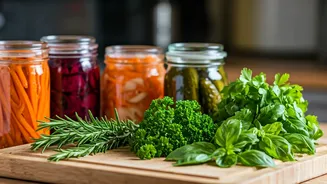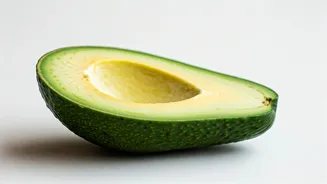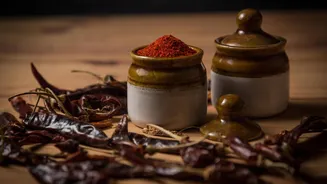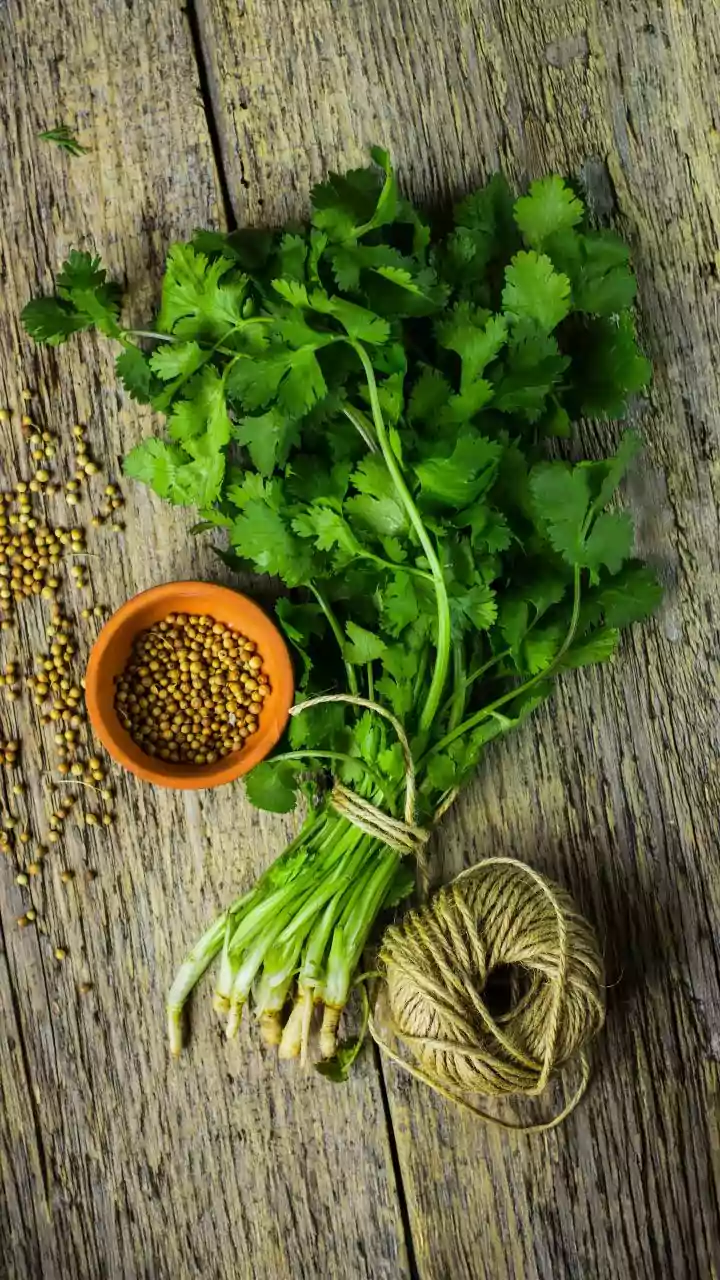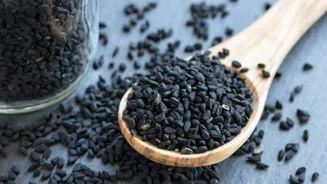Embrace Fresh Herbs
Incorporating fresh herbs and spices is a fantastic way to invigorate your dishes and introduce a burst of flavors. Whether it's the bright zest of cilantro
or the warm embrace of cumin, these ingredients possess the ability to elevate any meal. Herbs like basil, rosemary, and thyme, when freshly plucked or purchased, offer a complexity and depth of taste that dried versions often lack. Consider starting a small herb garden to have easy access to these flavorful additions. Experiment with different combinations to discover your favorites. Herbs can be used in marinades, sauces, or simply as a garnish. They're nature's gift to cooks, enabling a world of tastes.
Fermentation Techniques Explored
Fermentation is a time-honored method of preserving and enhancing food's flavor. It involves using beneficial bacteria, yeasts, or molds to transform food. Explore techniques like lacto-fermentation, a popular method for preserving vegetables. This process naturally produces lactic acid, which not only gives pickles their sour taste but also acts as a preservative. Fermenting foods not only extends shelf life, but it also creates unique flavor profiles and introduces gut-friendly probiotics. Consider experimenting with kimchi, sauerkraut, or various vegetable ferments. It is a rewarding and relatively simple way to add depth to your culinary repertoire.
5 Creative Pickling Tips
Pickling opens doors to transforming ordinary vegetables into culinary delights. First, choose fresh, crisp produce for the best results. Second, use quality vinegar, such as apple cider or white vinegar, but consider different vinegar varieties for unique flavor combinations. Third, use a diverse blend of spices, from peppercorns to mustard seeds, to infuse flavor. Fourth, utilize fermentation, letting the ingredients soak and get infused. Fifth, maintain meticulous hygiene. Sterilize jars and utensils to prevent spoilage and ensure the safety of your pickled items.
Adjusting Vinegar Levels
The vinegar level is a crucial factor in the pickling process, influencing both flavor and preservation. Adjusting the acidity of your pickling brine is essential for achieving desired results. Taste is the ultimate guide here. Begin by using a standard ratio of vinegar to water, then adjust it to your taste preference. For a tangier pickle, increase the vinegar; for a milder taste, reduce the amount. Remember that the acidity level also affects the safety of your pickles, so be mindful when making adjustments. A proper vinegar-to-water ratio is key to preserving food.
Proper Storage Techniques
Proper storage is essential to maintain the quality and shelf life of your pickled goods. Once the pickling process is complete, store the jars in a cool, dark place. A pantry or a basement is an ideal spot. Ensure that the jars are properly sealed to prevent air from entering. Check the lids regularly for any signs of spoilage, such as bulging or leaks. For longer storage, consider using canning methods to ensure a tight seal and extending the shelf life of your pickles. This step guarantees that your efforts are preserved for enjoyment.
Experiment With Vegetables
One of the most exciting aspects of pickling is the freedom to experiment with a variety of vegetables. From classic cucumbers and carrots to more adventurous choices like cauliflower or beets, the possibilities are endless. Consider seasonal produce for maximum flavor and freshness. Don't hesitate to try different flavor combinations. Incorporate herbs, spices, and various types of vinegar to create customized pickles that suit your palate. Be adventurous! This willingness to experiment with different vegetable choices can result in exciting and rewarding flavor combinations.
